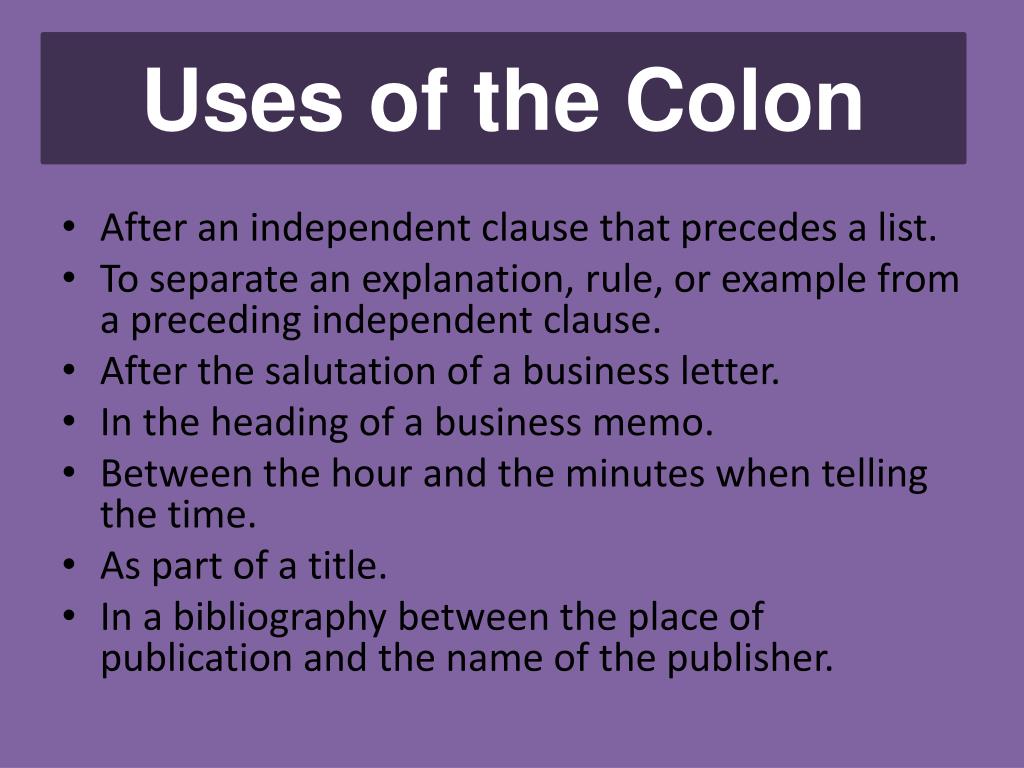

In short sentences, a comma often replaces the semicolon: Harry was an animal driven by primal need to gain immediate access to the goulash his options for achieving that aim were, however, limited.Ī semicolon can also join two statements when the second clause is missing some essential words that are supplied by the first clause. Such an adverb or phrase can also appear elsewhere in the second clause: Mabel did not take kindly to the encroachment of Harry into her personal cooking space indeed, she at one point responded to the sudden appearance of his muzzle at her elbow with a distinct and species-appropriate hiss. Semicolons are used especially when the second clause is introduced by an adverb or a short phrase, such as however, indeed, thus, in that case, as a result, on the other hand, for example, or that is:

Goulash was Harry the Dog's favorite the scent drew him to the kitchen.Ī semicolon can also replace a comma between two clauses that are joined by a coordinating conjunction like and in cases where the sentence might otherwise be confusing-for example, because of particularly long clauses, or the presence of other commas:Īs Mabel's culinary efforts continued, with bread baking in the oven and a cabbage dish just begun, she admonished Harry to keep out of her way but Harry's ability to remain at a decent distance from the stove was severely challenged. Mabel the Cat had made a big pot of goulash it was simmering on the stove. Semicolons Separate Independent ClausesĪ semicolon separates related independent clauses that are joined without a coordinating conjunction, such as and: It's definitely not a strict rule.Each semicolon brings us closer to the top. (Note: This is just a guideline to remove the need to think about what punctuation to use.

There is a useful guideline out there which states that if your quotation is longer than six words (and you're not worried about controlling the flow of text), then use a colon. However, it could have been introduced with a comma or with nothing. In this example, the quotation is introduced with a colon.

#How to use a colon how to#
It is worth learning how to use them - especially how colons allow you to expand on an idea previously mentioned in the sentence.


 0 kommentar(er)
0 kommentar(er)
